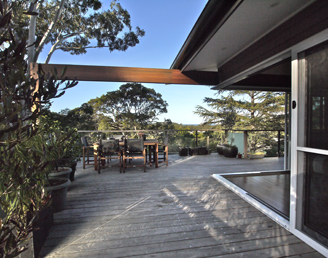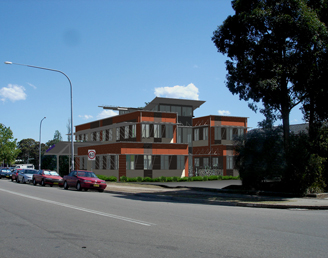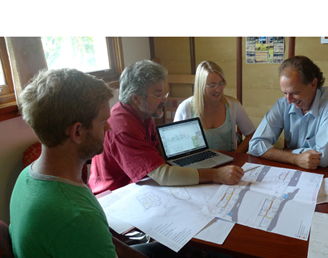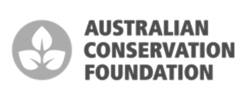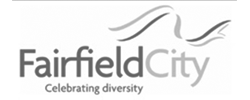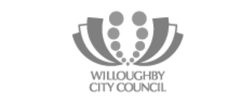Led zeppelins ethereal best has a voice into building design
Posted by admin on 10/08/2012 at 5:32 pmLed Zeppelin’s Stairway to Heaven is possibly the greatest song ever written. Or not, if you are a cynical jaded post-rocker who has heard it more than the usual 100,000 times. I think Stairway is a victim of its own obvious and accessible beauty. But can I entreat you to consider it one more time, because it speaks to building design in surprising ways.

Seriously? Am I joking! Nope, it’s true.
The middle section of Stairway – after the folky intro, and before the driving ecstatic rock ending – is pure Tolkeinesque ethereal delight. It transports the mind and soul to a reflective place where thoughts of meaning and eternity drift like rings of smoke through the trees. No? Okay – maybe it’s just me. Sigh….
But bear with me – this is real, and I know it isn’t just me, it’s commonly admitted. Perhaps just not in public. Maybe Stairway to Heaven doesn’t do it for you, but some piece of music must, surely! Ooh – it makes me wonder…
My thesis here is that because buildings exist in time and space, they can assist us work better within our diurnal patterns – the rhythm of day and night, loud and quiet, active and passive. A lot of effort may be put into how buildings relate to space, but little is usually expended on how they sit in time. We should be able to use a building all day and yet know exactly what time of day it is, and what is happening outside. We should be able to track the sun’s path by shadows inside or immediately outside the building, whether it’s a home or an office or a library.
There are certain times of day when a reflective mindset is more easily engaged. And I believe absolutely that it is important to engage it. Different times encourage different mindsets. Early morning is a bright time – a time for getting motivated. The middle of the day is a time for being busy, for doing things that arise from previous planning and motivation. Later in the afternoon is a time for reflection, for looking back on those things ‘done’ earlier in the day, or indeed in our lives a whole. It’s a time for quiet contemplation, for gazing into the distance, as the light grows a little yellower and the shadows slant long, shafting through the tree canopies and lighting up the leaves from behind so that each one is a soft green candle.
There’s a feeling I get when I look to the west, and my spirit is crying for leaving. In my thoughts I have seen rings of smoke through the trees, and the voices of those who stand looking.
…and a new day will dawn for those who stand long, and the forests will echo with laughter.
If possible, our buildings should connect us to this time of day, to encourage this frame of mind. Hiding from the westering sun insulates us from this opportunity. Now that seems like a contradiction to the seven principles of passive design. Not so.
The seven principles are just that – principles, which must be applied in ways that relate to the human psyche. It is entirely possible to have contact with the afternoon sun and yet not have the building over-heated by it. It’s all about scale and balance. If the western windows are high, under deep shade, and small, we can satisfy both needs. A few small porthole windows with little ‘eyebrow’ shades let us glimpse the afternoon and evening sky, yet admit minuscule amounts of heat (also allowing only small amounts to escape in winter evenings).
Is this a perfect example of an holistic design approach, or have we at Envirotecture just gone stark raving mad? Discuss…
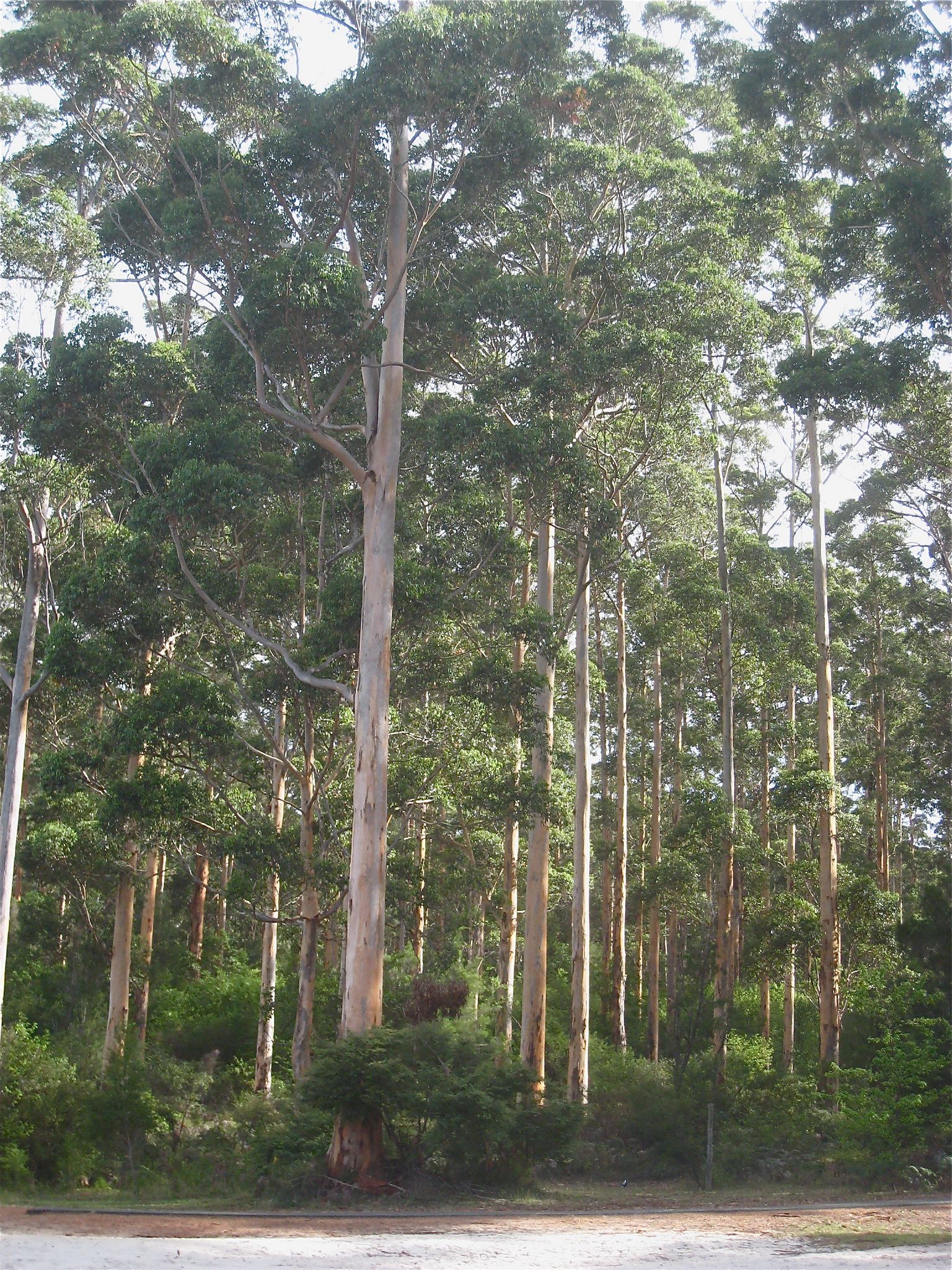
[Note of explanation: Friday afternoons are Music Afternoons in the Envirotecture drawing office. A random staff member is asked to think of a word, and that is used as a search term in the iTunes playlist. Today’s word, suggested by Michelle, was ‘rain’. Try it and you’ll find that Stairway to Heaven doesn’t come up at all. How it got played whilst designing a dining and cafe facility for a client with a definite understanding of the ethereal, on a beautiful bush site near Lake Macquarie, is beyond explanation. But it sure worked! Sorry I couldn’t shed more soft late afternoon light on it.]
Sustainable House Design
We will help you create a family home that works well, feels good, is kind to the environment, culturally appropriate and reduces your energy and running costs.
Read MoreSustainable Commercial Buildings
We design your building to help reduce your operating costs, optimize the life cycle of your building, increase your property value and increase employee productivity.
Read MoreWorking with Envirotecture
We design beautiful, sustainable buildings that work for you, your family or your business. Full range of building design, consulting and training services.
Read More
